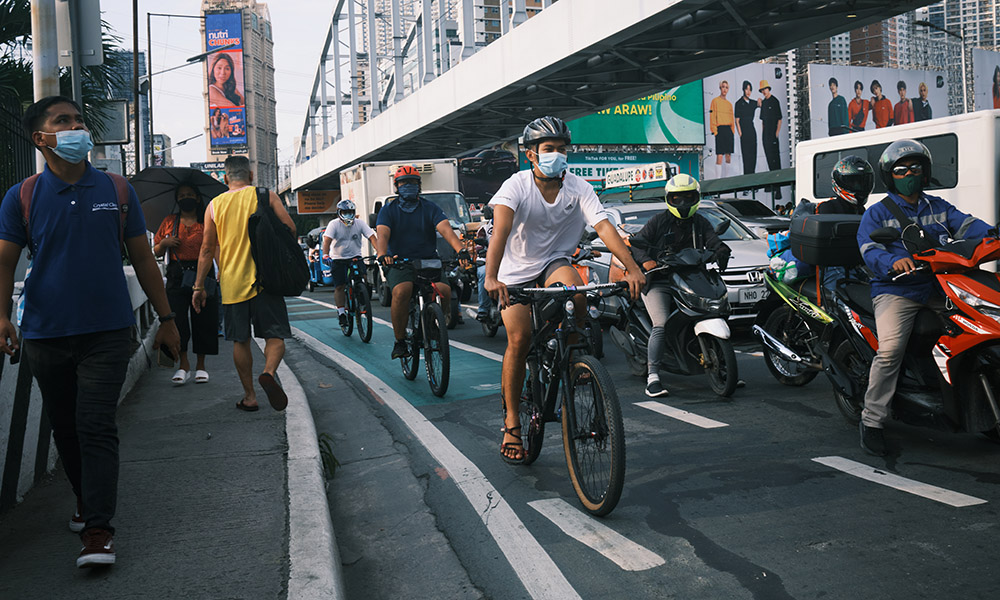
As motorists deal with “carmageddon” and commuters struggle to even book Grab and Angkas, there has been much discussion over what to do with the bike lanes in Metro Manila.
The Department of Energy wants to allow hybrid and electric vehicles in them. The Valenzuela City LGU will be allowing motorcycles in MacArthur Highway’s cycle lanes. And a famous motoring personality believes they should be given back to motor vehicles since they failed to serve their intended purpose.
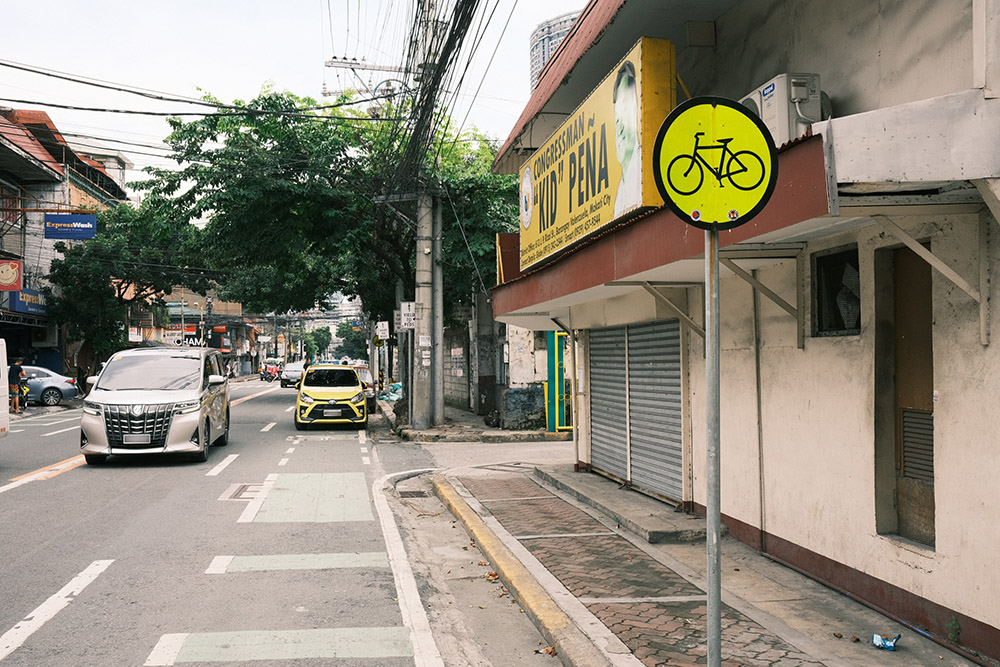
Before I go any further, allow me to reiterate the point of bike lanes. These exist to give cyclists a safe space on the road, free from the intrusion of motor vehicles. These aren’t a cage to box in all the bikers, but to keep their most dangerous threats outside.
“While such facilities are provided for reasons of safety, cyclists may exercise their judgment and are not obliged to use them,” says the Highway Code of the United Kingdom.
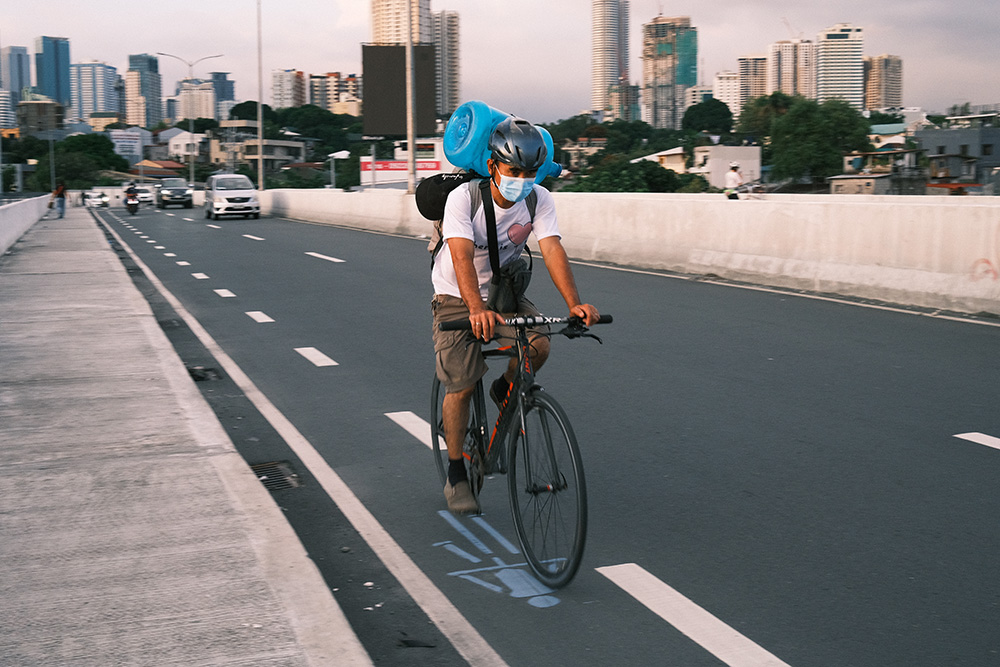
Although there is much criticism against the current state of Metro Manila’s bike lanes, I personally don’t believe they should be removed. Yes, it’s just paint most of the time, but it signals a clear message: Bicycles belong on the road, and cyclists should be respected.
The reality is that there are far more bicyclists than drivers. According to an SWS survey on bicycle ownership, only 6% of households in Metro Manila own a private car whereas 32% own a bike as of April 2022. In spite of the surge of cycling during the pandemic, ordinary Filipinos had been bike-commuting long before COVID-19 entered the country. It’s just that we don’t pay attention to them.
Getting rid of the bike lanes essentially communicates that these people don’t matter, and it makes cycling more dangerous for them. Either way, they will still bike-commute as the bicycle is a means of livelihood to them. They can’t afford to waste time lining up for hours to take public transportation nor can they purchase their own private car, which would just make traffic worse for everyone.
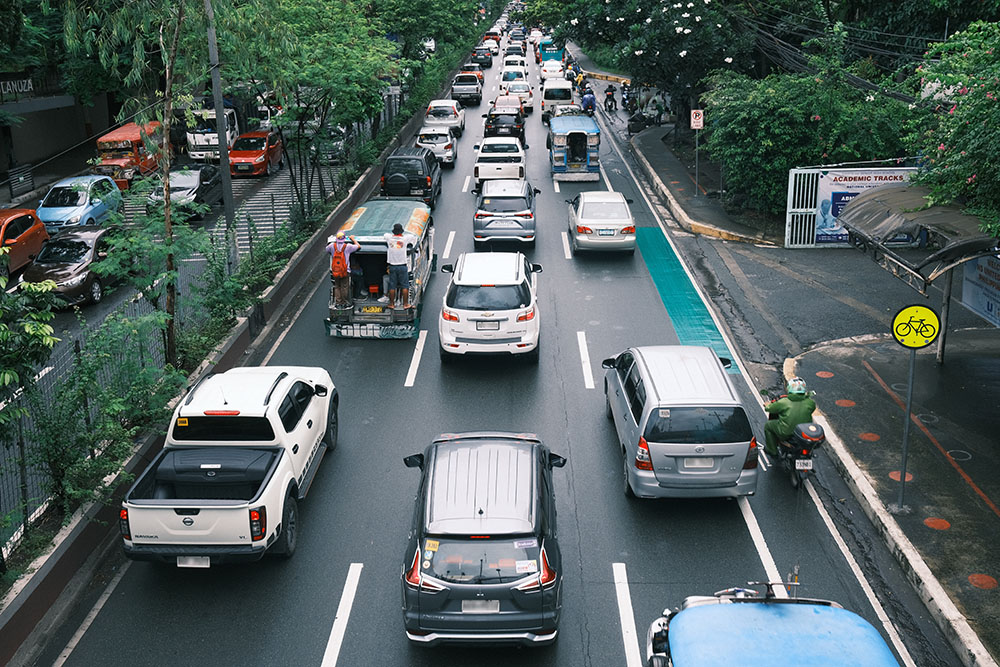
I understand that bike lanes eat up what little space there is on the road. But be honest, do you think reclaiming that half of a lane for motor vehicles is going to make the traffic any smoother? It won’t, and it will only close the door to more people thinking about trying bike-commuting.
It may sound weird, but having more drivers shift to active transport and sustainable mobility is beneficial to everyone. There’s one less car to wait behind at the red light, one less car to fight over parking, and one less car to potentially get into an accident with.
Meanwhile, those who make the switch get to experience the benefits such as increased mobility, physical exercise, and minimal ownership costs.
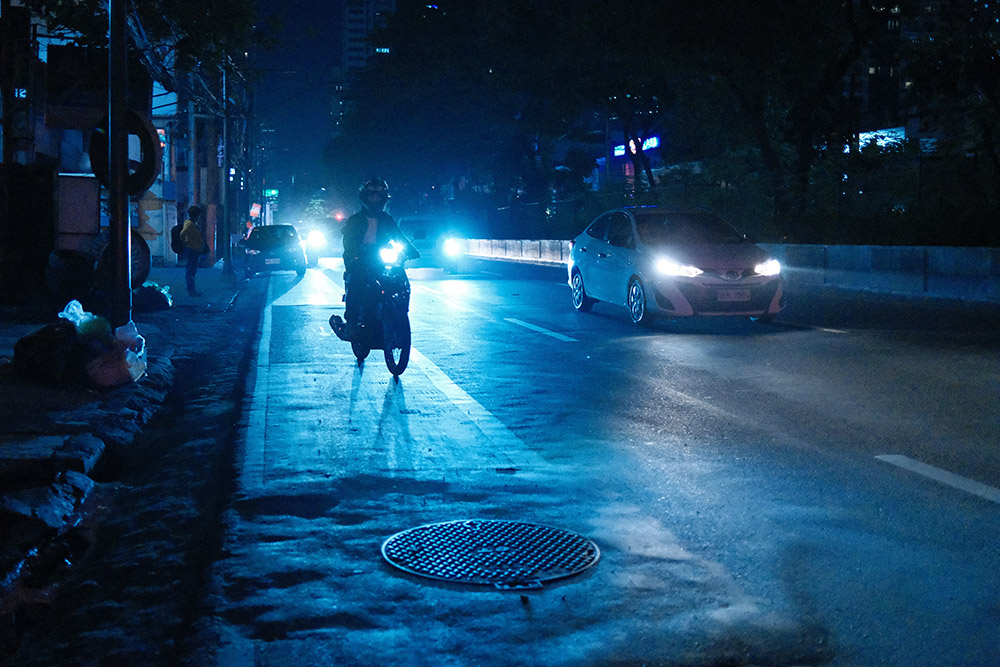
What about motorcycles, which are the most dominant vehicles on Philippine roads? They’re much smaller than cars, but the fact that they can keep up means they aren’t as threatened by four-wheelers. However, they are much faster and heavier than cyclists, although both are on two wheels, so it would be a grave mistake to lump them together.
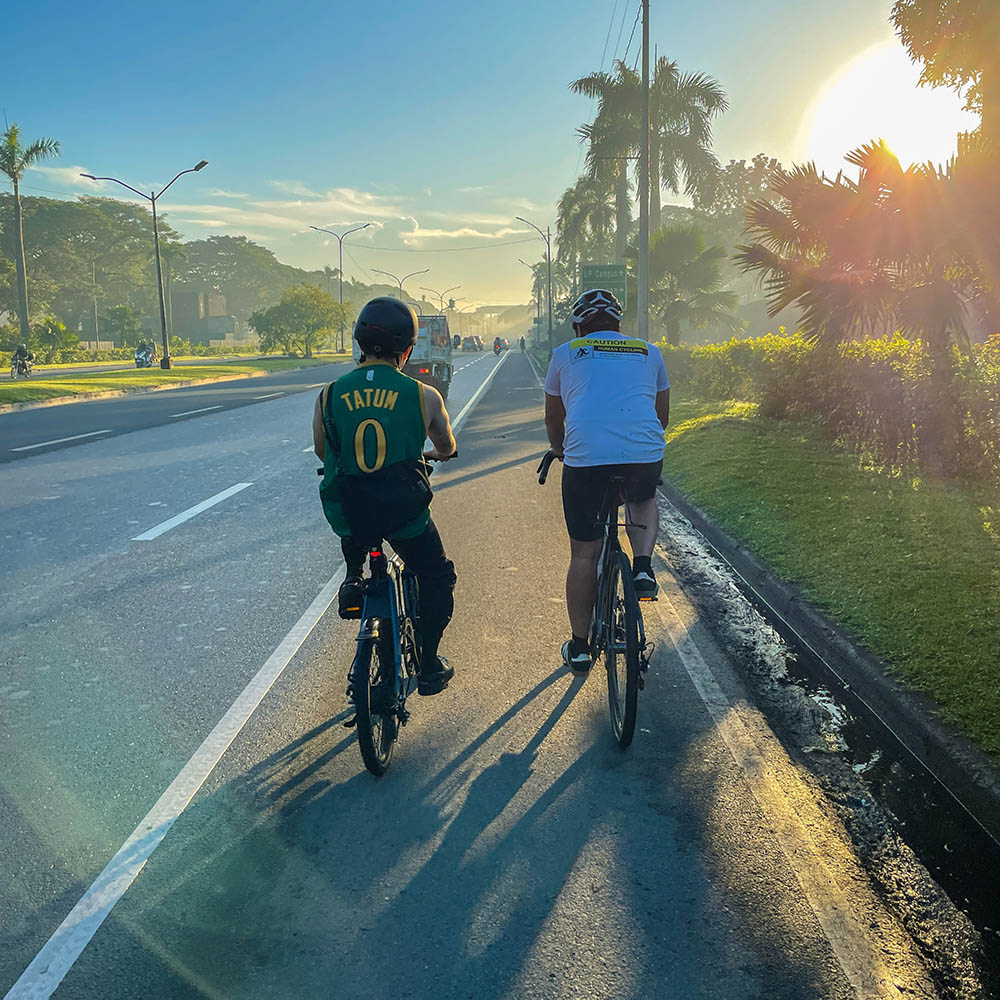
Instead of taking away the bike lanes, the government and the LGUs need to see this as an opportunity to make it right. That shouldn’t be too difficult since all cyclists need is for the exclusive lanes to be protected, wide enough for two bikes, and clear from obstructions, especially potholes and parked cars. The cost is nothing compared to building another expressway, but there will be long-term benefits.
With that said, we also have to accept the fact that Metro Manila’s transport crisis can’t be solved overnight. Even Amsterdam took decades to become the cycling haven it is now. Comparing the Philippines and the Netherlands might sound like a case of apples and oranges.
But if Filipinos continue to accept the sorry third-world state the country is in right now—and support leaders who’d like to keep it that way—then we can only expect the traffic congestion to get worse.
The bike lanes are barely any good, but what little good they do serve is that they leave the door open for alternatives such as bicycles, e-bikes, e-scooters, and electric kick scooters. The foundation is already there; it just needs to be built upon.

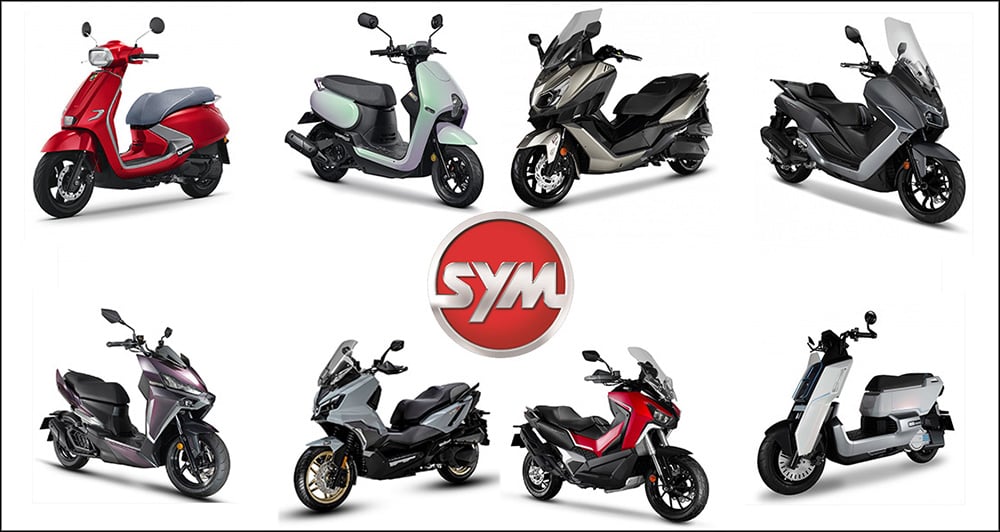
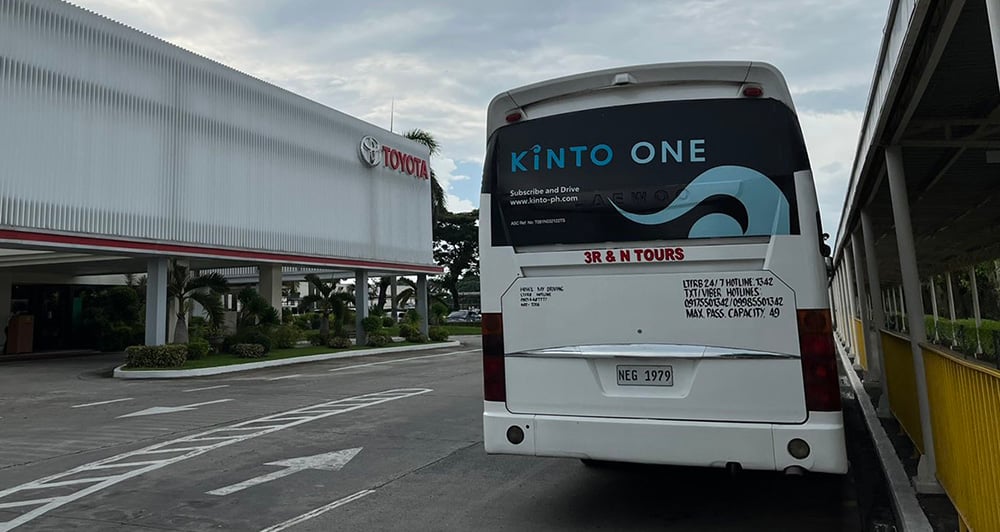

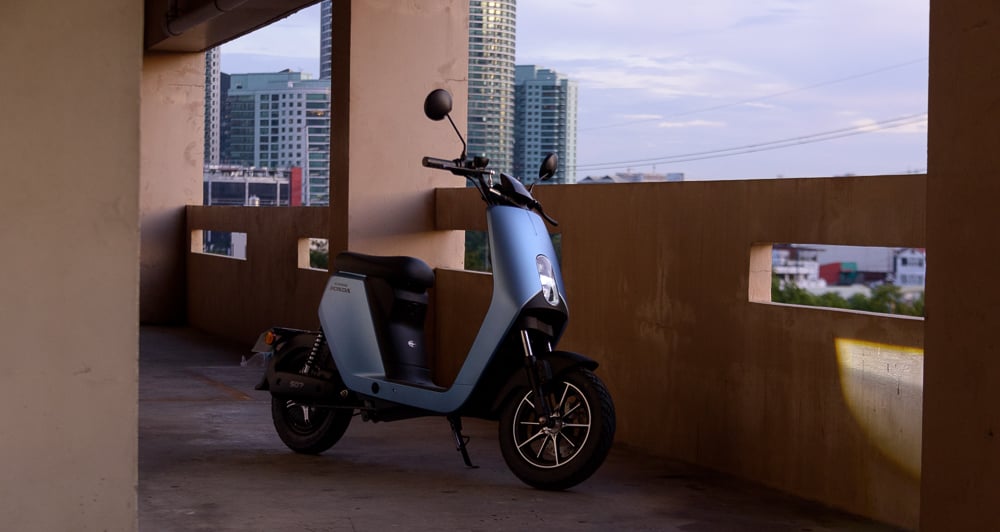
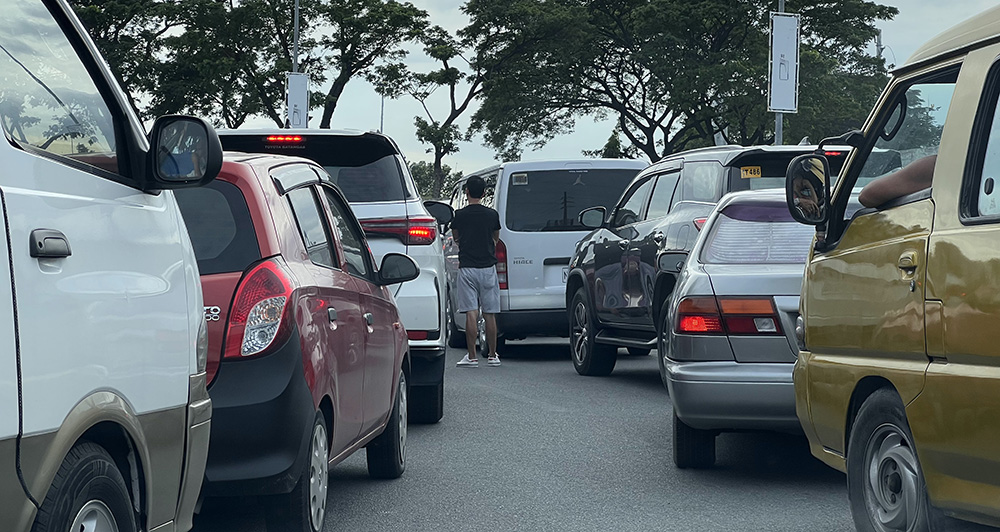

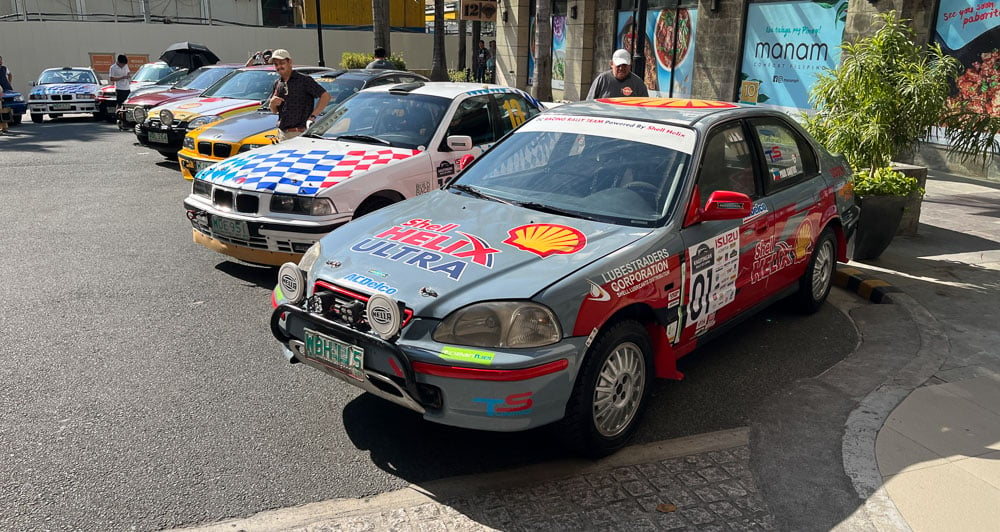

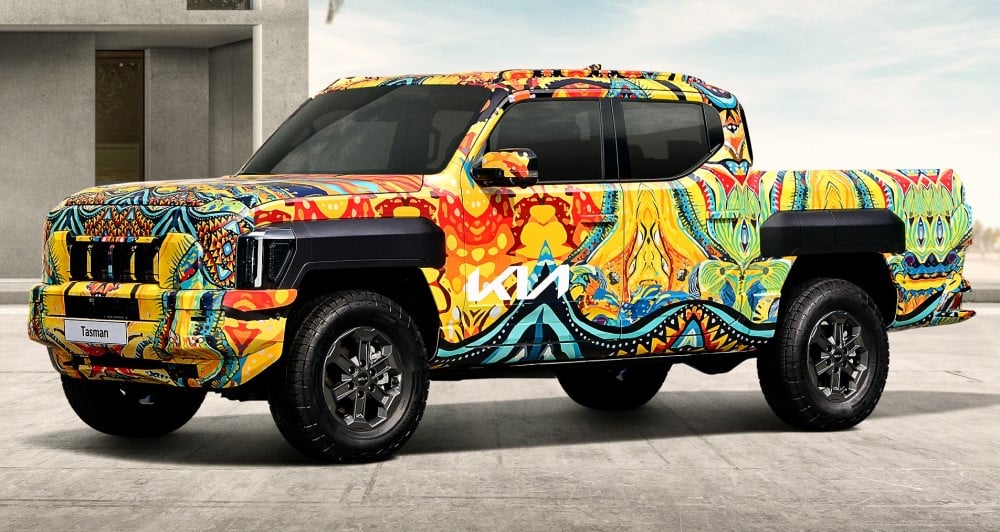
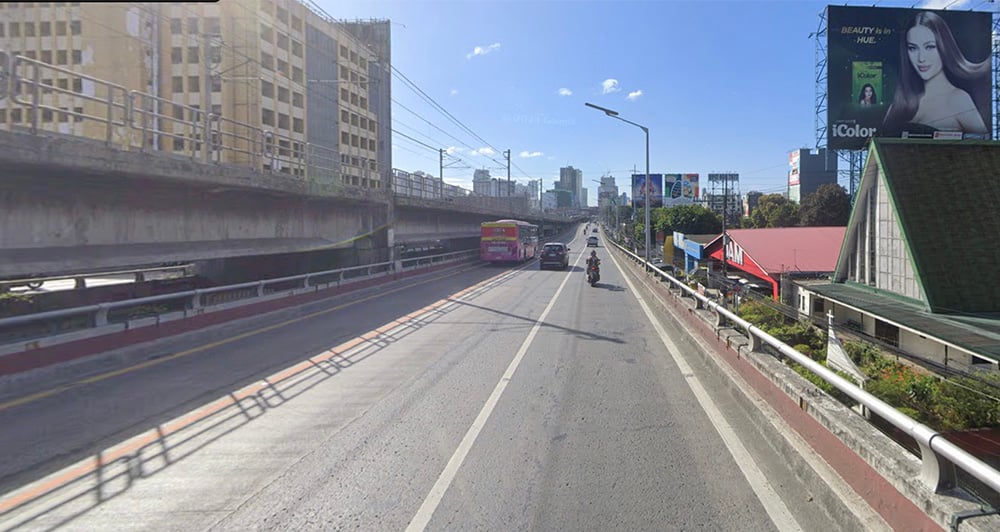
Comments